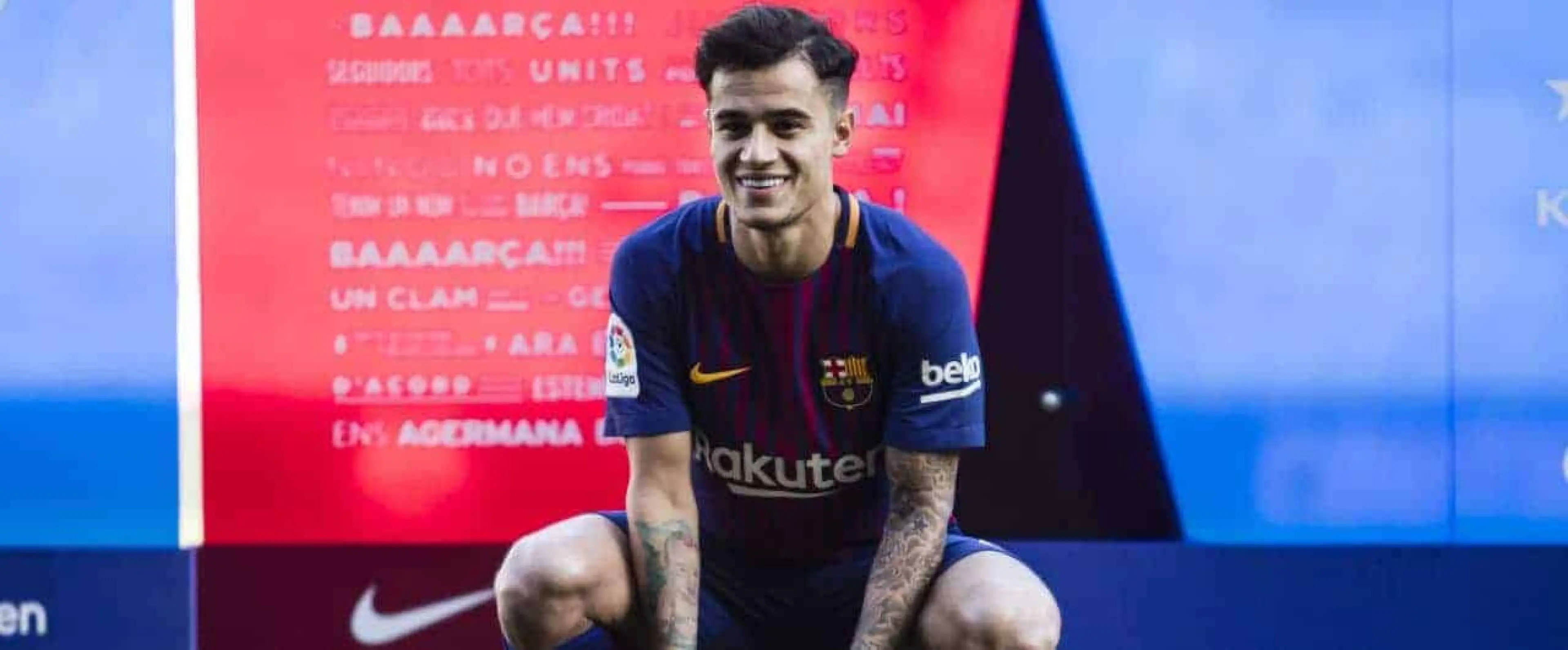The five simple steps required to complete a modern transfer deal
Published:
How does your club do its business?
Transfer season is in full swing in the Premier League and abroad. Over £900m has been spent on new arrivals so far with plenty more cash set to be laid out in the coming weeks.
The transfer window has been around for a long time, although it was only formally ratified by FIFA as recently as 2002. But how does the process of signing a player actually work? The Coral News Team investigates.
Scouting
First thing first, a club need to identify a target. Traditionally this has been done by sending scouts out to watch a player and then reporting back to the first team manager. Old school scouting still exists. Indeed, most of the world’s top clubs have at least 10-15 scouts on their books.
But increasingly it’s supported by forensic video analysis technology and number crunching player performance data. This enables clubs to identify players from less saturated markets including South America, Africa and Eastern Europe.
In 2008, Everton became the first club to sign an official deal with Sports Interactive for use of their Football Manager database. Systems including Prozone, WyScout, Scout7 and DataScout are now the norm for clubs when targeting players.
Initial Approach
Once a target has been identified, it’s onto trying to prise them from their current club. However, some clubs have barriers in place to prevent the sale of star assets. Neymar had a £198m buyout clause in his contract at Barcelona. Luis Suarez had one to the tune of £40m in his contract at Liverpool, prompting Arsenal to famously bid £40m + £1 for the star.
FIFA regulations state that a buying club must provide a written request to the selling club in order to enter into negotiations with the player. In most cases this is done by email, but increasingly WhatsApp is used to conduct this part of the deal. Gone are the old-fashioned images of club secretary’s receiving offers by fax.
That’s all well and good. And it does, in theory, forbid the tapping up of players. But clubs still manage to bypass this by using intermediaries – sometimes agents – to gauge a player’s situation and whether they’re likely to want a move.
For some players it all becomes too much if a bid is rejected. Individuals will publically come out and say they want to move, incurring the wrath of loyal supporters. It doesn’t always go to plan, though. Just ask Peter Odemwingie.
Once a formal bid is accepted, player and club can make contact and the negotiations get underway.
Contract negotiations and agent
Let the fun begin. A club can now negotiate with the player and his agent. The agent’s role is to get the best deal for the player. Increasingly, however, agents have come under scrutiny for attempting to get the best deal for themselves rather than their client.
Premier League clubs spent upwards of £211m on payments to agents during the 2017-18 season alone. It’s a lucrative business. And with no formal qualification required to become an agent in the UK, anyone can do it.
Never-the-less, a contract needs to be sorted. And a modern contract consists of more than just a basic wage. Appearance fees, goal bonuses, international cap bonuses, trophy bonuses and yearly wage rises all have to be factored in. Increasingly clubs also have wage-cuts and relegation release clauses inserted in order to ease the financial burden.
Medical
This is the part that clubs, players and agents fear – the medical. There are six major steps in every football medical, which you can read more about here.
Most go off without a hitch. But some do hit a snag. Ruud van Nistelrooy’s initial transfer from PSV Eindhoven to Manchester United was famously scuppered by a knee problem.
Nabil Fekir’s summer move to Liverpool was also postponed after the Reds medical staff were concerned over the Frenchman’s knee. Rumour has it the club even had all of the promotion content ready to go to announce his signing.
Charlie Austin, Demba Ba and Loic Remy have all fallen foul of the dreaded medical in the last decade.
Deal confirmed
A deal is agreed and all the necessary contracts are in place, now it’s over to the marketing, PR and social media teams to announce the signing in the most spectacular way possible.
Gone are the days of ClubCall and consulting the new matchday programme to find out who your team has signed. Twitter is the main tool for unveiling players in the social media age. Retweets and favourites are the currency of popularity.
Liverpool announced the signing of Mohamed Salah by filming Salah checking his own Twitter feed. Aston Villa parodied a WhatsApp conversation to herald the arrival of John Terry last summer. Even the smaller clubs get in on the act in an attempt to increase their own notoriety. Just check out this video from Scottish outfit Motherwell.
All Odds and Markets are correct as of the date of publishing








